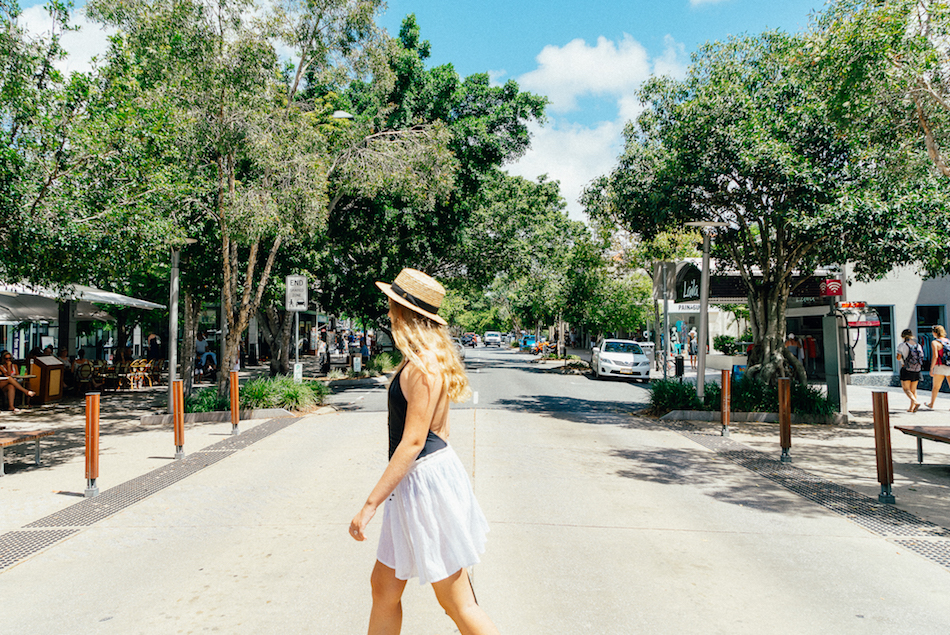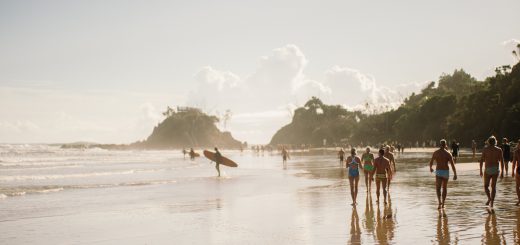Why Australian councils should worry about holiday rentals

Noosa council uses BnbGuard to help with short-term rental problem
The sudden explosion in the popularity of holiday rentals has taken nearly all Australian local councils off guard. What was once a few homes every now and then is now every-other-home every-other-night in many Australian coastal shires, as both professionals and local residents capitalise on the phenomenon.
These towns survive off tourism, so in some ways it’s a boon. But the influx of new visitors has brought a number of problems that local governments are struggling with.
First, there’s the effect on community. The original residents bought into a property as well as a lifestyle. While they welcome tourists, they don’t want an uncontrolled flood of sightseers. Many Aussie beach towns are struggling with noisy late night partying from tourists, often from nearby major cities. If these residents – the real heart of the community – can’t get the lifestyle they want, they’ll be forced to move to quieter areas, leaving the towns empty husks full of tourists but nothing else.
Second, there are legitimate businesses that are struggling to compete on what’s often an uneven playing field. These businesses have to abide by strict safety and council guidelines, which holiday rentals listed online don’t. The loss of these businesses hurts the local economy. This is made worse by the slippery nature of a lot of the short-term rental income, which is all too easy to hide from the ATO, unlike a registered business.
Also, many short-term rentals are grey market, that don’t pay the “tourist tax” that a lot of popular areas charge to pay for the services their community needs. Tourists that stay in these instead of an established business deprive councils of revenue.
Third, the sudden explosion in popularity of short-term rentals has meant some tourist towns find their services under heavy strain nearly all year round. These towns plan for influxes at peak periods – Christmas, Easter, etc. But the popularity of Airbnb, Homeaway, Booking.com and more sites mean they’re getting loads of visitors all year round.
Fourth, there is the effect on rental prices and property prices. Our data suggests that up to 25% of residences in some tourist hotspots are available for short-term rental. Some of these will be rooms in houses or granny flats, some will be entire homes permanently available for rent. All are removed from the long-term rental and owner-occupier market. With investors willing to pay 2-3% more for a property they can put on Airbnb, this drives up the prices for everyone else.
Finally, it’s often not locals getting rich off it. Many out-of-town investors are attracted by the opportunities of full-time short-term rentals, which can pay off a mortgage up to 4 times faster than a long-term tenancy. Investors are definitely willing to pay more with these kind of returns on the table. And it’s often folks from outside the community who see the opportunity and pounce before the locals, taking the profits out of the shire too.
So what can local governments do about it? We’ll go into detail in an upcoming post, but it’s clear that there’s no silver bullet. Lots of different approaches are being tried in Australia and even more overseas, and so far there’s no clear winning strategy. But it is clear that leaving it unregulated will lead to a lot of negative consequences for councils and their residents. Australian councils need to listen to their constituents and adopt practical, sometimes tough measures to stay on top of the problem.
Are you part of a council with short-term letting problems? Just like we’ve helped Noosa Council, BnbGuard can help with monitoring, enforcement or just advice. Contact us sales@bnbguard.com.au today for a chat.





